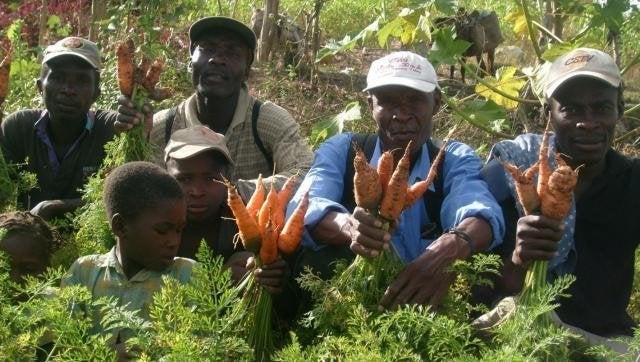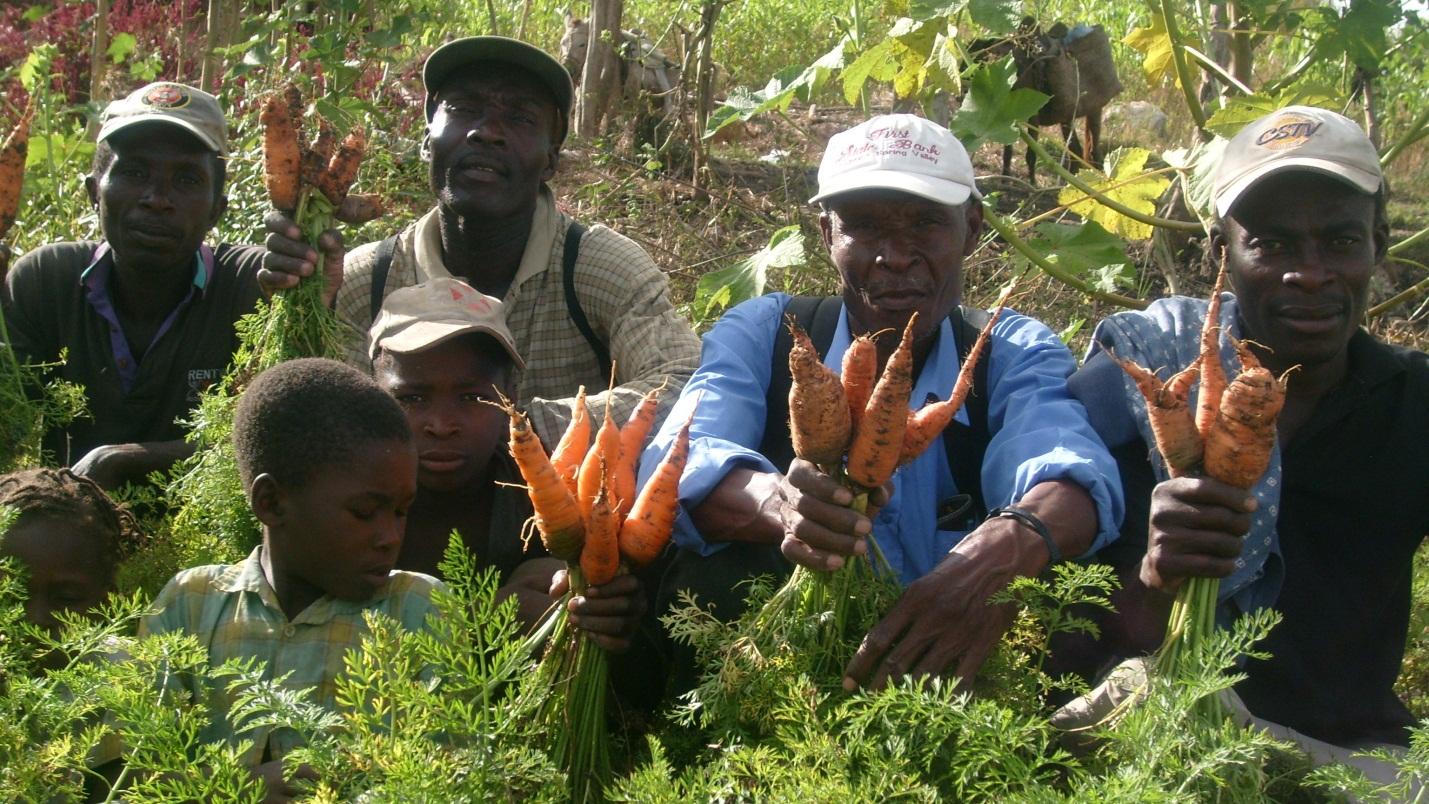
It has been said that hundreds of thousands of dollars and equally as many hours have been spent searching for a cure for malnutrition. The good news is that a cure has been found -- it's called FOOD!
Every day of the year my thoughts turn to countries where food is a precarious commodity. These are countries where we should concentrate our efforts on sustainable solutions rather than short-term fixes.
I work in the Central Plateau of Haiti, which suffers from the highest rate of malnutrition in the country. Families struggle to provide their children with just one meal a day. I've witnessed mothers walking barefoot for days across mountains with a baby dying from malnutrition in their arms, looking for help. Throughout Haiti, one of every three children under five years old suffers from malnutrition -- and that was before the 2010 earthquake.

Zanmi Agrikol is the agricultural arm of Zanmi Lasante (Creole for "Partners In Health"). As an organization dedicated to breaking the cycle of poverty and disease, we have chosen to reach out to families who have children in special programs for severe malnutrition and are being treated with Ready to Use Therapeutic Food (RUTF). We believe that by getting to the root causes of malnutrition we can help create effective and sustainable change.
Haiti is a rural country with the potential for its people to become prosperous and well-fed. Unfortunately, the lack of education and environmental management has led to depleted, non-productive soil. Erosion has taken away much of the arable land. Cutting trees for charcoal causes deforestation, which leads to mud from the barren hillsides sliding into the sea and taking with it the last vestiges of green and growth.
Our programs at Zanmi Agrikol educate farmers about new and proven ways of planting, conservation, reforestation, and animal husbandry. We're introducing improved strains of crops and vegetables not previously available, teaching families the all-important building blocks of good nutrition, explaining what foods should be given to children each day, and underlining the importance of sustainable farming with seasonal management. Animals, such as goats, provide stopgap funding during times of crisis, including crop failure due to drought or floods. Animals are a kind of "living bank" and are integral to any program dealing with food security.
Through our Family Assistance Program we are empowering families to grow their own food, and through their own efforts combat the crisis that so often takes the lives of their children. Our program gives families, tools, seeds, trees, education, and a goat. Seeds are returned after the first harvest with a small amount of interest to introduce business principles.
A baby goat is also handed on to another family, encouraging the principle of "helping thy neighbor." The circle is enlarged, and will continue to grow.
We want to enable each family to produce sufficient food for themselves, and enough excess to take to market. Improving the quality of local markets can significantly strengthen communities. Fruit trees are being planted in great quantities, particularly the hugely popular mango. Their increased yields are allowing families and communities to form cooperatives and combine their goods in order to access larger markets.
By the way the local markets are quite something to visit with everything, including the kitchen sink, being available -- goods being spread out mostly on the ground in large and small quantities and varying degrees of quality. Clothing, furniture, chairs, hats, millions of second hand shoes, alcohol, dried fish, spices and condiments, fruits, meat and poultry both alive and otherwise, adding to the joyous cacophony of sound, and of course the produce of the local farmers being proudly displayed!

Thanks to our Family Assistance Program, more food is now becoming available, children are going to school with food in their tummies, and we are starting to see huge differences in class participation and performance. We are also working on small school vegetable gardens to help supplement the one meal given to students and underline, once again, the importance of fresh food.
Our programs can be easily "transplanted" to other communities and areas where children are suffering from malnutrition and lack of food. To be able to expand this program what we need is more participation and more funding to help more families grow real food. Our pilot program started with just 20 families and to date we have enrolled and helped more than 1,500 families. If we count about 10 members per family, that amounts to having touched nearly 15,000 hungry people. The restoration of pride and dignity to families once bowed down under the weight of desperation and hopelessness is wonderful to witness. We are now seeing heads held high and positive attitudes toward a changing future.